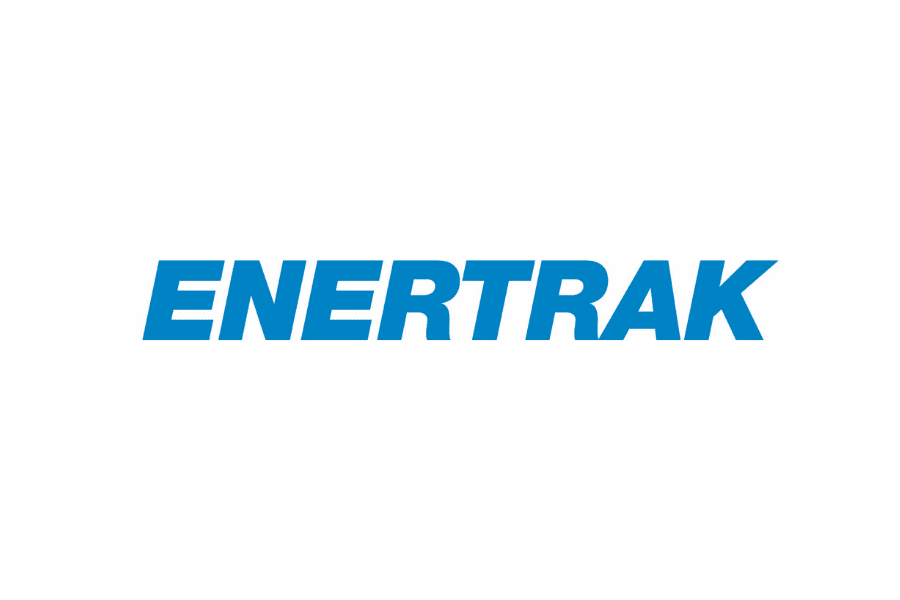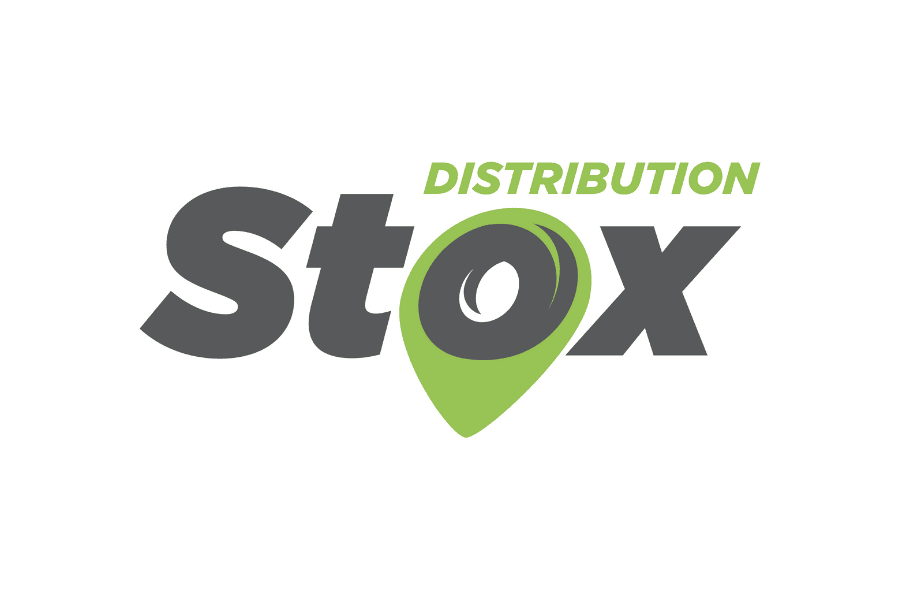How can companies balance data sovereignty, security and regulatory compliance requirements?
To balance data sovereignty, security and regulatory compliance requirements while harnessing the benefits of public and hybrid cloud, enterprises need to adopt a strategic, hybrid approach that combines best practices in data management, security, compliance, and cloud architecture. Here are some key strategies:
1. Implement a hybrid or multi-cloud architecture
Companies can split their workloads between public, private and local clouds according to their security, compliance and performance needs. For example, sensitive data or mission-critical applications can be maintained on local infrastructures or private clouds, while less sensitive workloads or projects requiring high scalability can be deployed on the public cloud. This optimizes costs and flexibility, while complying with regulatory requirements.
That’s why it’s important to explore the specific features and challenges of hybrid cloud in Quebec for businesses to ensure the right balance between flexibility and compliance.
2. Data localization and regionalization
To comply with data sovereignty laws, such as the GDPR or other national regulations, companies need to ensure that their data is stored and processed in specific regions. Many cloud providers now offer the option of choosing storage zones to ensure that data does not leave a given region.
This is directly tied to the fundamentals for ensuring data security and complying with Law 25 in the cloud in Quebec.
3. Implement strong data encryption
To guarantee data security, companies need to use robust encryption, both at rest and in transit, using encryption keys that they control. This practice minimizes the risk of data leakage, and ensures that even if data is compromised, it remains unreadable without proper authorization.
4. Adopt native cloud security solutions
Leading cloud service providers offer native security tools designed to protect hosted data and applications. These include features such as multi-factor authentication (MFA), web application firewalls, threat detection, and incident response services. By adopting a “Zero Trust” approach to security, companies can continuously verify every user, device and access to their resources.
5. Governance and data management policies
Companies need to establish rigorous governance policies to determine who can access data, how it can be used, and how it should be protected. Frameworks such as data classification, role-based access control (RBAC) and regular audits help ensure that all activities comply with internal policies and external regulations.
This also highlights understanding the motivations of companies to favor international hosting for data sovereignty, especially when balancing local compliance with global infrastructure needs.
6. Use of specialized cloud services or regional solutions
Some companies may prefer national or regional cloud providers that guarantee compliance with specific local requirements. In addition, specialized cloud services focusing on the needs of highly regulated sectors (such as finance or healthcare) offer tailor-made solutions to meet regulatory expectations.
7. Set up compliance-specific service level agreements (SLAs)
Companies should work with their cloud providers to define service level agreements (SLAs) that specify responsibilities for security, data privacy and compliance. This includes clear commitments on how data will be stored, protected, and transferred, as well as the provider’s obligations in the event of a security breach.
8. Automation and AI-based security approach
Automated security solutions using artificial intelligence can help monitor and respond in real time to potential threats in cloud environments. These tools can analyze behavior, detect anomalies, and activate automatic responses to counter threats before they impact sensitive data.
9. Regularly assess and audit compliance and risks
Cloud environments evolve rapidly, and regulatory requirements change frequently. Companies need to carry out regular audits of their systems to ensure they meet compliance standards, and to identify potential risks. This also includes ongoing staff training to keep up to date with the latest security threats and best practices.
10. Collaboration with regulators and industry associations
By keeping in touch with local regulators and participating in industry compliance initiatives, companies can better anticipate regulatory changes and adjust their cloud strategies to meet future requirements. This proactive collaboration can reduce the risk of sanctions and improve organizational resilience.
Conclusion
By combining these strategies, companies can maximize the benefits of the cloud while ensuring that data security, sovereignty and compliance are prioritized. It’s a delicate balance, but one that can be achieved with a rigorous and adaptable approach.
To move forward with confidence, discover all our compliant and efficient internet and hosting solutions for businesses, tailored to meet both performance and regulatory requirements in Quebec.






